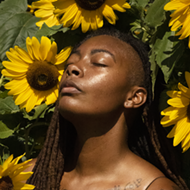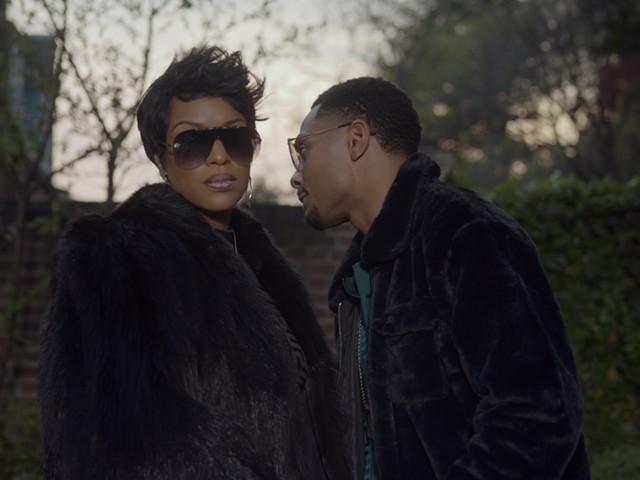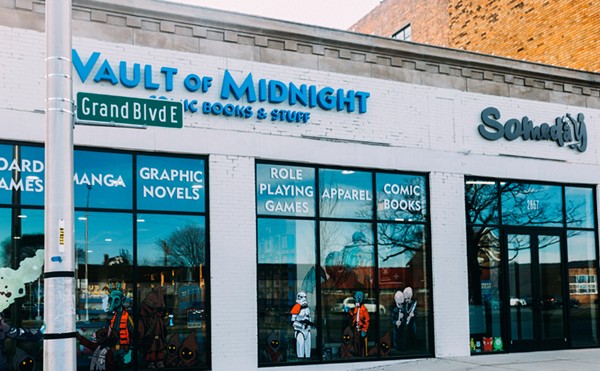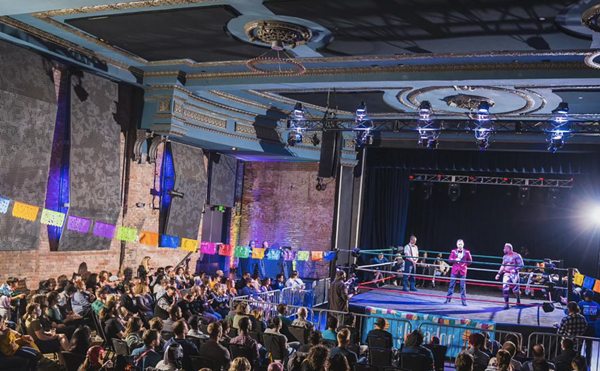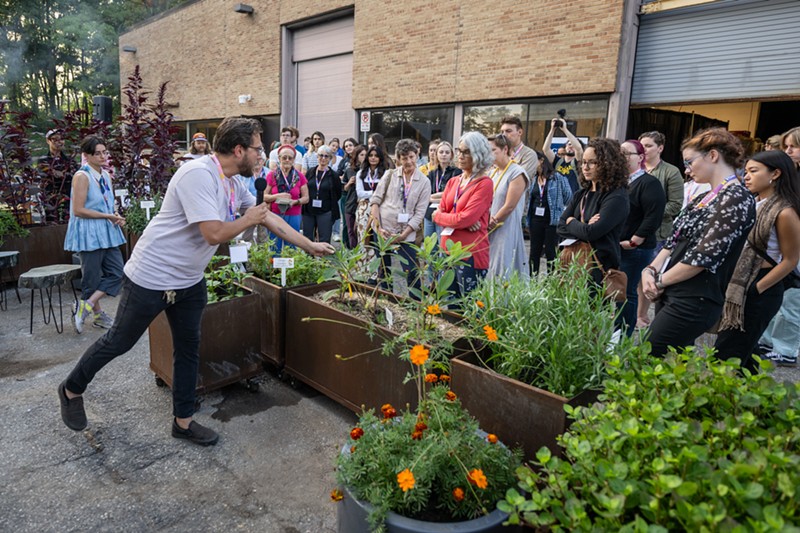
Bright orange marigolds and vibrant cosmos grow alongside Japanese Mitsumata at the University of Michigan’s Sustainable Materials & Color Garden. Soon, these plants and flowers will be used to make natural dyes and handmade paper at U of M’s Stamps School of Art and Design.
The Sustainable Materials & Color Garden was built by Stamps faculty and students. The plants that grow here have been used in papermaking courses at the university and workshops led by artists on making natural pigments for watercolor. It’s open to any student interested in experimenting with making their own dyes, paints, and materials.
Japanese indigo makes a deep blue dye, and flax gets turned into yarn for linen fabric. Hibiscus manihot roots and Japanese mulberry bark will be made into paper.
“The purpose of the garden is to create materials for classes, but it’s also a research space and a community space for students to gather,” says Stamps 2D media studio coordinator Nicholas Dowgwillo, who also teaches a Japanese papermaking course.
Dowgwillo and Stamps fiber and 2D foundations studio coordinator Kit Parks started the color garden in 2021 at U of M’s campus farm at the Matthaei Botanical Gardens. They moved the garden to a new site that’s closer to the Stamps building this summer to give students easier access.
Parks and Dowgwillo initially started the garden after numerous students wanted to know how to make more sustainable materials for their art practice. Students in Dowgwillo’s papermaking class also wanted to develop a deeper connection with the plants they were using, so growing and sourcing them onsite was the next step.
“Our curriculum is centered around the use of synthetic dyes, as is much of higher education's art curriculum,” Parks says. “But students were really getting interested in sourcing their own materials for dye. So I started helping them research that. We got connected with the campus farm and they allowed us to use some beds out there to pilot the project.”
Parks and Dowgwillo have also worked with Stamps professor Joe Trumpey to provide students with honors cords made with naturally dyed and hand-plied yarn with the plants in the garden upon graduation. A pair of students who previously volunteered in the garden went on to build their own dye garden in Hamtramck called Farm to Fabric.
Trumpey, who helped connect the garden with the campus farm initially, calls the color garden part of the campus’s “living, learning laboratory.”
“The garden is really a good space for students to start to self-evaluate about materials and material sustainability, and how a creative practice connects to a biotic community like a bunch of living plants,” he says. “It’s also how a human community can come together… and take joy and pleasure and beauty on relying on each other. It’s a new way of thinking about things than just going to buy something off of a shelf.”
While Parks and Dowgwillo do most of the garden tending themselves, they plan to create a student club that will help with upkeep.
Dani Tutak, a senior studying art and design and anthropological archaeology plans on joining the garden club. She helped students dye their graduation cords with goldenrod flowers and will use both indigo and goldenrod harvested from the garden to dye yarn for her senior thesis project.
“I’m looking to make a clash and a unification of all the techniques of making [including] historical methods like plant dyes and modern technologies available,” she says. “I’ll be spinning by hand all the yarn I’ll be using, and then dyeing by hand with indigo and goldenrod, but also using synthetic dyes when I need them."
She adds, “Especially in a heavily digitized world where so much can be done so quickly and mass-produced, there's a lot less connection between makers and making. Getting the opportunity to reconnect with something in such a profound way as in the garden where you can get your hands in the dirt, harvest these materials yourself, and see where they came from gives people an opportunity to reconnect with all the ways that making has developed from, even if they do stick with digital methods.”
Dowgwillo says the garden is primarily for student use, but it may open up to the community for workshops in the future. Whether the plants in the color garden are being used to make watercolors or just used as a scenic gathering spot, Parks says it has been a welcomed addition to the campus.
“Every day since school started, maybe with the exception of the past few days when it’s been raining, I have seen students and faculty and staff sitting out in the garden, having meetings, eating their lunch, just looking at the plants, so its clear more outdoor community space was needed and is appreciated,” they say.
Subscribe to Metro Times newsletters.
Follow us: Google News | NewsBreak | Reddit | Instagram | Facebook | Twitter

